|
I am a fifth-year Ph.D. student in Computer Science at Oregon State University, advised by Fuxin Li. I received my bachelor's degree in Computer Science with a minor in Mathematics from California Polytechnic State University, San Luis Obispo. At Cal Poly, I worked on problems related to self-supervised denoising and novel view synthesis with Jonathan Ventura and neural networks for solving PDEs with Stathis Charalampidis. Email / CV / Google Scholar / Github |
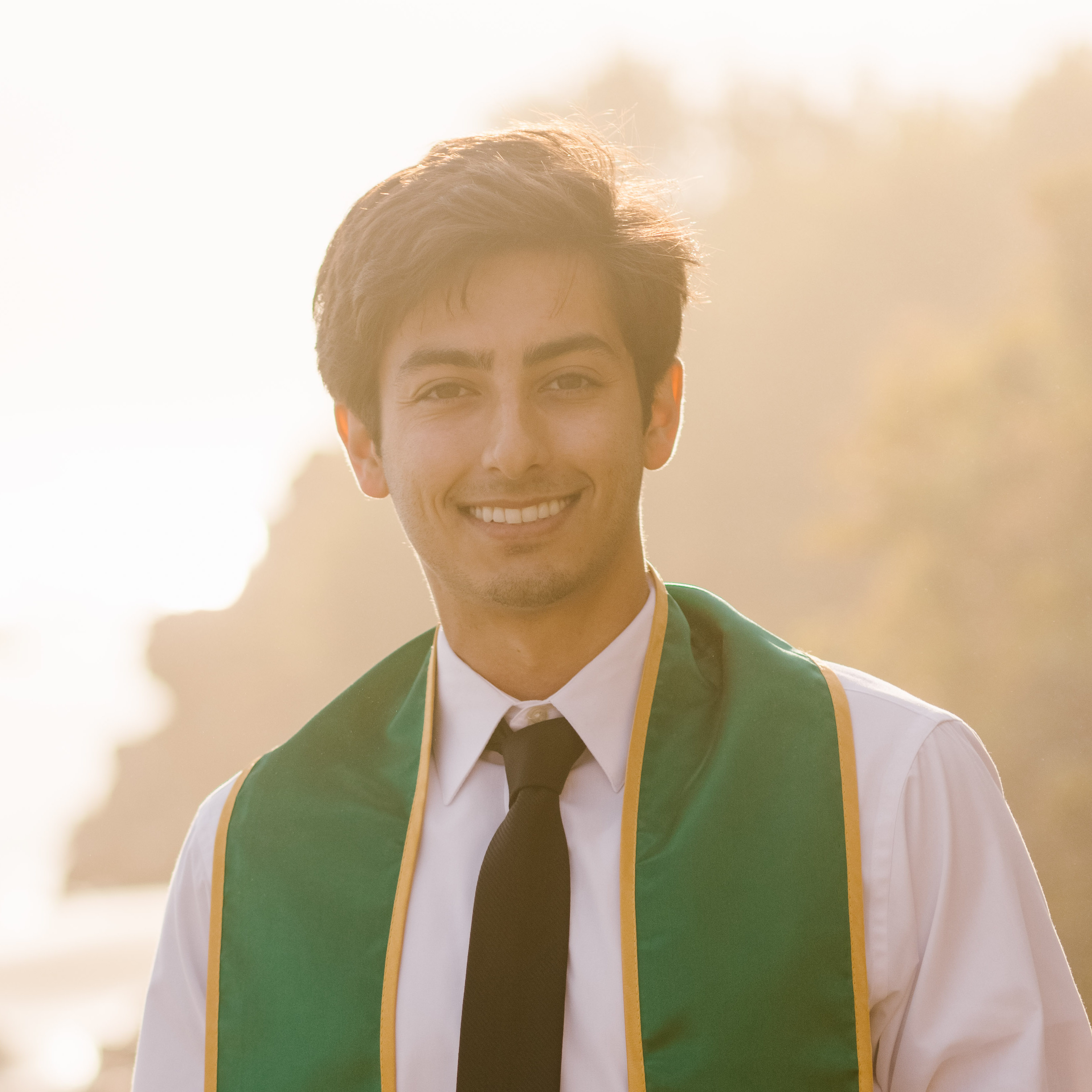
|
|
My research interests are in the fields of computer vision and machine learning. I am interested in exploring how various visual modalities (i.e, RGB images, point clouds) can be leveraged to reason about and recreate our 3D world. In particular, my research includes topics such as 3D completion, 3D reconstruction, neural representations, and novel view synthesis. I am always interested in meeting and collaborating with new people who share common research interests as me. Please feel free to reach out to me via email to chat about previous or future work. |
|
[11/2025] Our paper "Reconstructing Realistic and Relightable Eyes" was accepted at WACV 2026. [01/2025] Our paper "Point-based Instance Completion with Scene Constraints" was accepted at ICLR 2025. [09/2024] Received Outstanding Reviewer Award at ECCV 2024. [06/2024] Joined Reality Labs Research, Meta, as a Research Scientist Intern for Summer & Fall 2024. [09/2023] Our paper "Diverse Shape Completion via Style Modulated Generative Adversarial Networks" was accepted at NeurIPS 2023. [06/2023] Joined Reality Labs Research, Meta, as a Research Scientist Intern for Summer & Fall 2023. [06/2023] Successfully passed my Ph.D. qualifying exam. [04/2021] Accepted a Ph.D. offer at Oregon State University. |
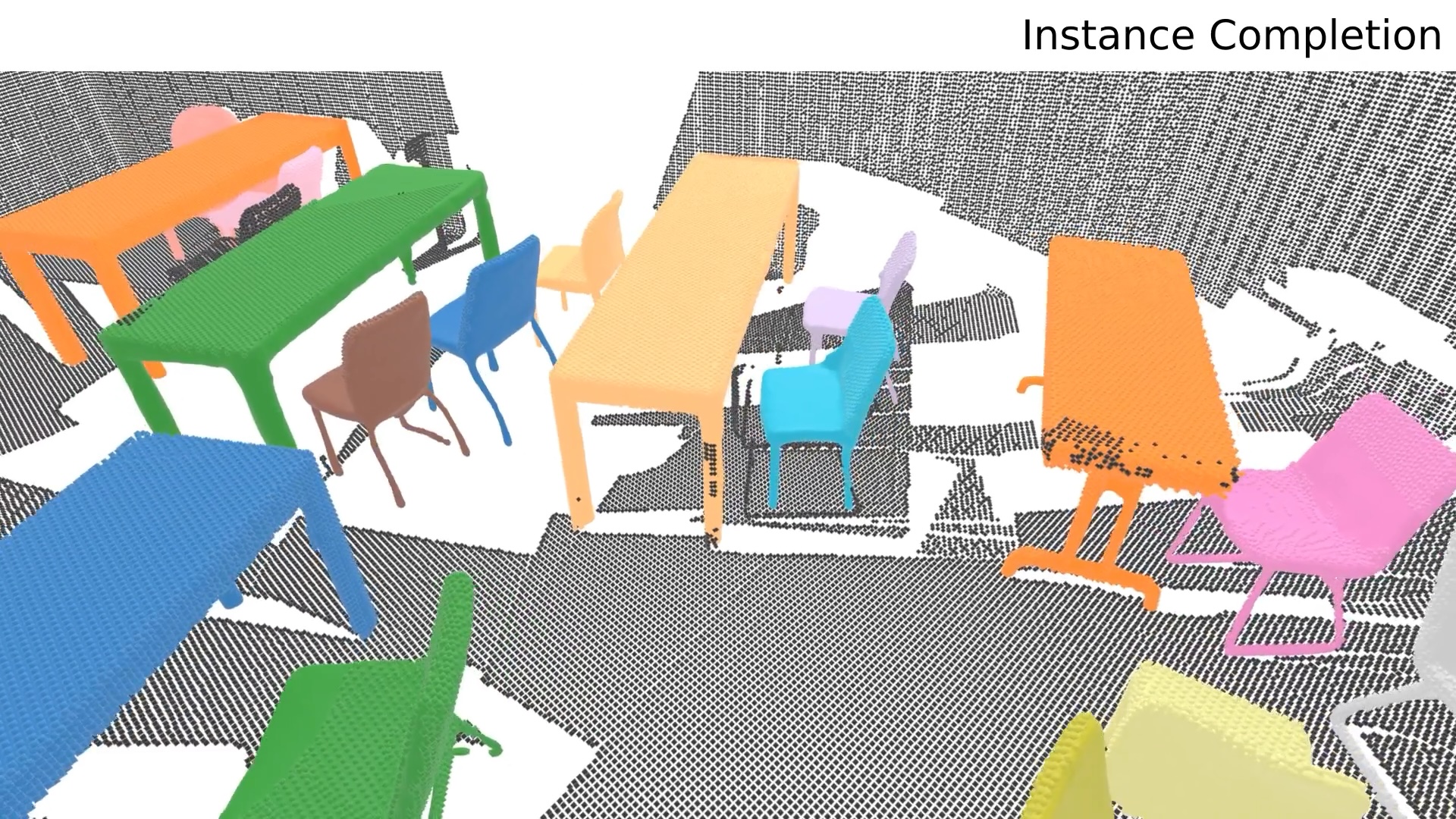
|
Wesley Khademi, Fuxin Li. ICLR, 2025 project page / paper / code We extend point-based single object completion models for completing multiple objects within scenes, removing the need of canonical object poses and incorporating scene constraints (e.g., other observed surfaces, free space) to prevent collision between completed objects. |
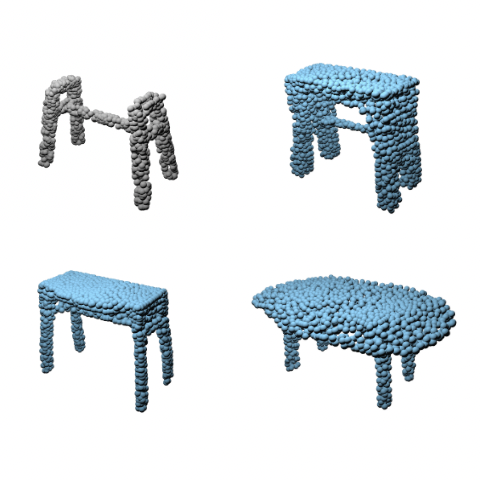 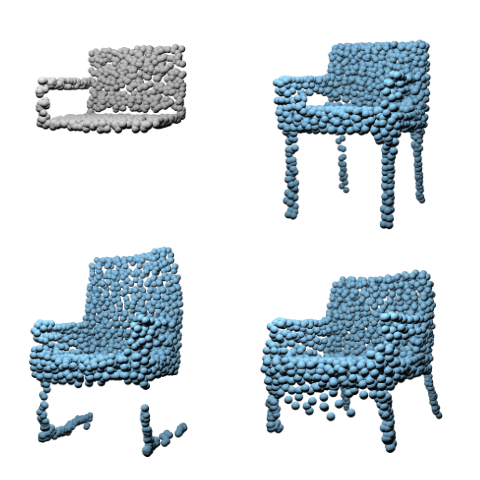
|
Wesley Khademi, Fuxin Li. NeurIPS, 2023 paper / supplemental / poster / bibtex Shape completion aims to recover the full 3D geometry of an object from a partial observation. This problem is inherently multi-modal since there can be many ways to plausibly complete the missing regions of a shape. To model this ambiguity, we propose a novel conditional generative adversarial network that can produce many diverse plausible completions of a partially observed point cloud. |
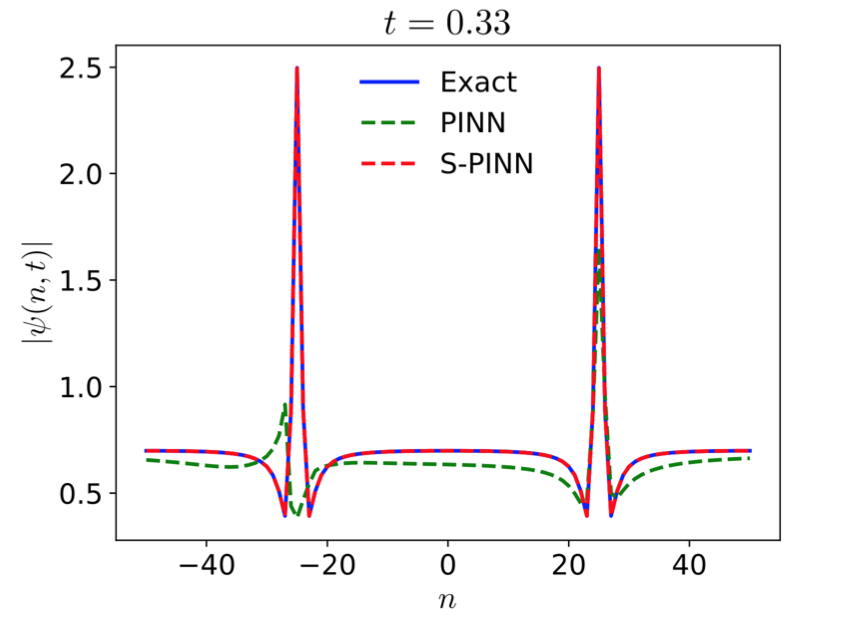 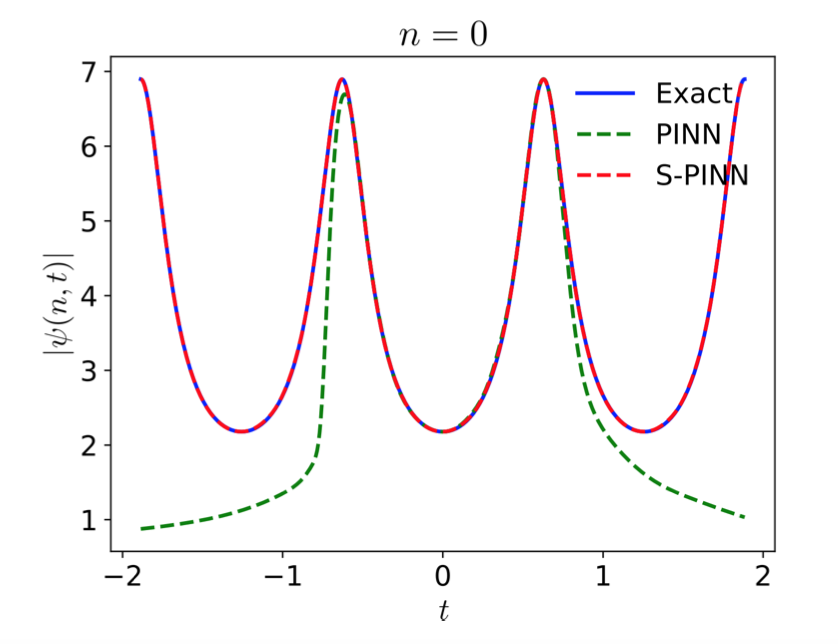
|
Wei Zhu, Wesley Khademi, Efstathios G. Charalampidis, Panayotis G. Kevrekidis. Physica D: Nonlinear Phenomena, 2022 paper / bibtex We introduce symmetry-preserving, physics-informed neural networks (S-PINNs) motivated by symmetries that are ubiquitous to solutions of nonlinear dynamical lattices. Through the correlation of parity symmetries in both space and time of solutions to differential equations with their group equivariant representation, we construct group-equivariant NNs which respect spatio-temporal parity symmetry. Moreover, we adapt the proposed architecture to enforce different types of periodicity (or localization) of solutions to nonlinear dynamical lattices. |
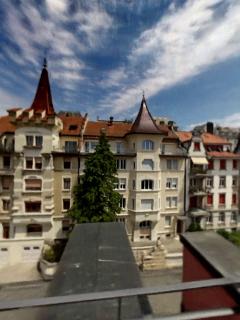
|
Wesley Khademi, Jonathan Ventura. ACM SIGGRAPH Posters, 2021 project page / abstract / poster / bibtex We extend Neural Radiance Fields (NeRF) with a cylindrical parameterization and learned exposure compensation technique that enables rendering photorealistic novel views of casually captured 360-degree outward facing scenes. |
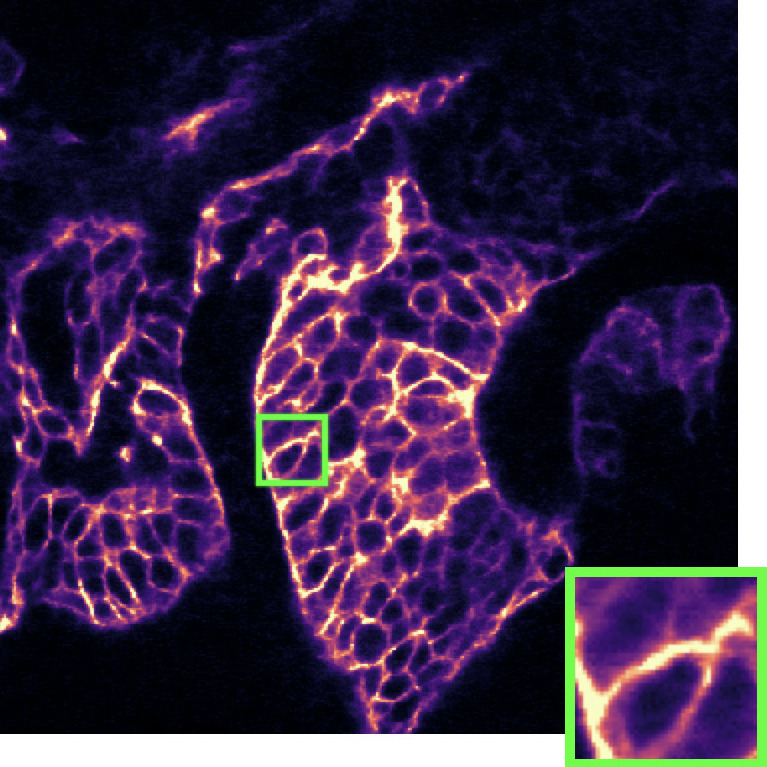 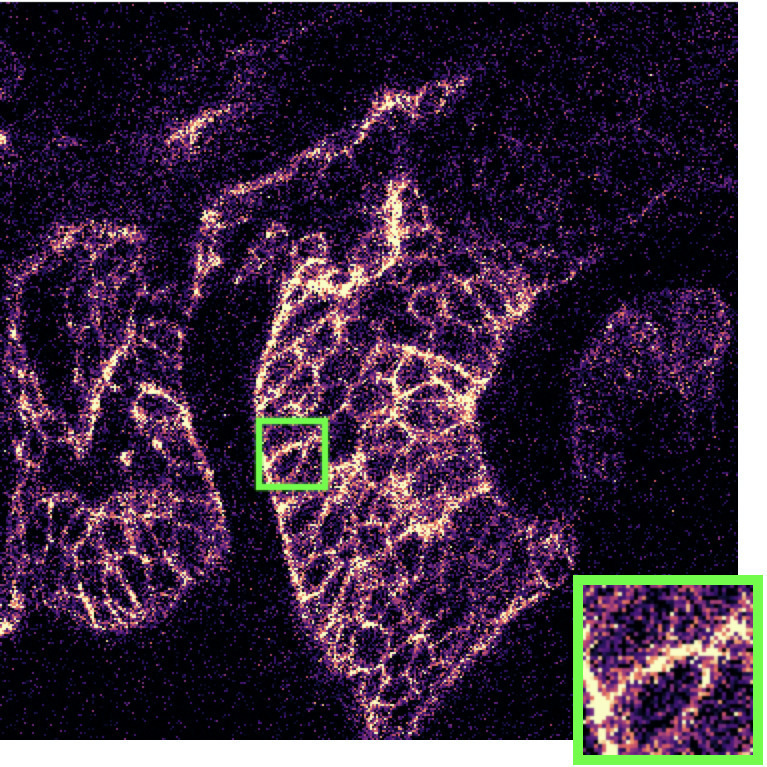
|
Wesley Khademi, Sonia Rao, Clare Minnerath, Guy Hagen, Jonathan Ventura. IEEE WACV, 2021 paper / code / bibtex We extend the blindspot model for self-supervised denoising to handle Poisson-Gaussian noise and introduce an improved training scheme that avoids hyperparameters and adapts the denoiser to the test data. |
|
Thank you to Jon Barron for the website template. |